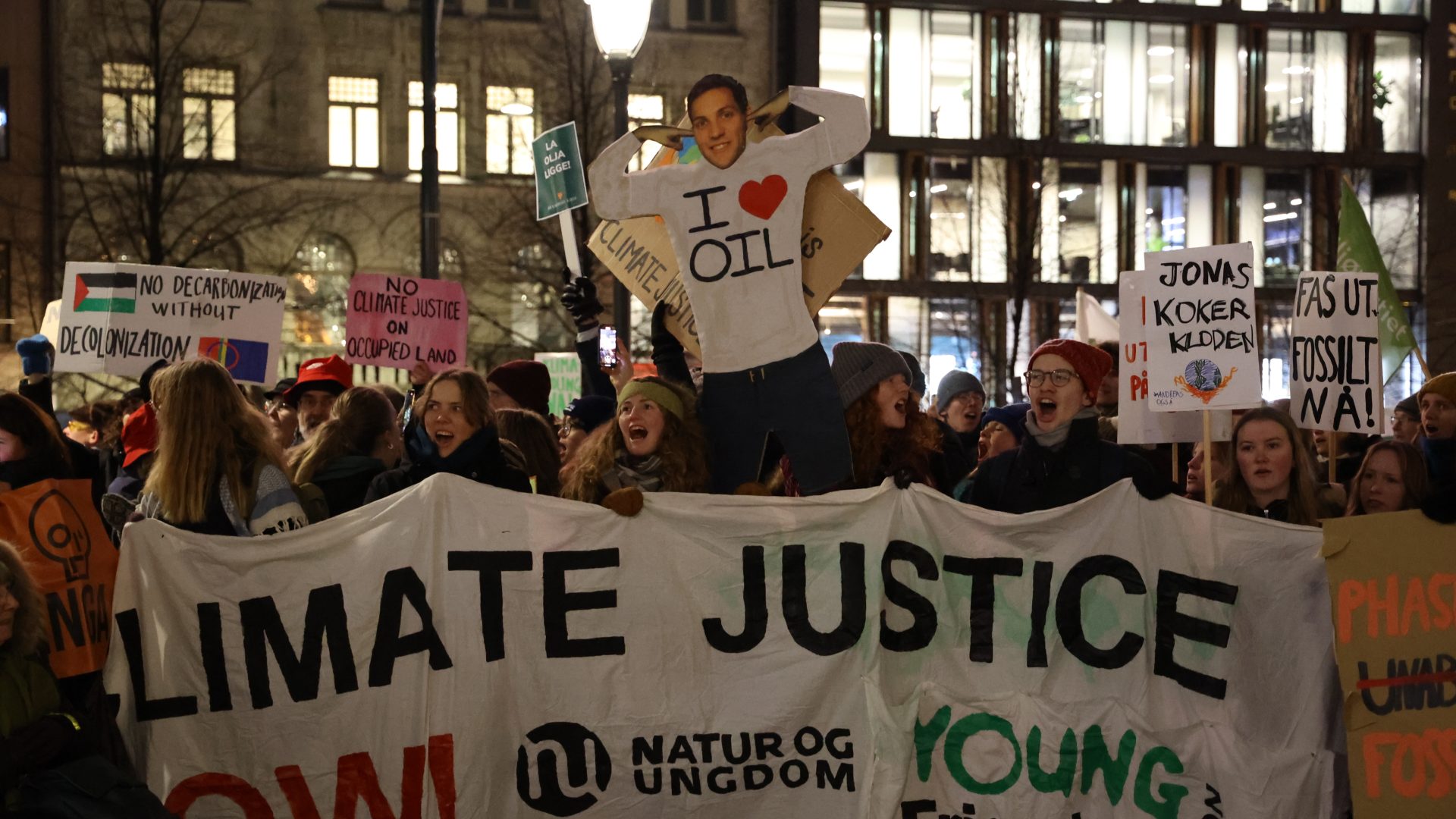Norway’s and the world’s most important climate action is not carbon capture, but a real climate transition
Norway’s largest sources of emissions are oil and gas extraction and transport. Together, these sectors account for almost 60 percent of our national emissions. In these sectors, carbon capture is not an option, and a real, fair transition that provides permanent emission cuts without creating a completely new waste problem is entirely possible with renewable energy and energy efficiency.
Industry is Norway’s third largest source of emissions. In most industries, electrification is also the most important climate measure. Research shows that electricity-based technologies can already meet most heating needs in industry, and that technologies under development will meet 99 percent of these needs in the near future. As for hydrogen, which can be an input factor in a small number of industrial processes where electrification does not apply, hydrogen can be produced with renewable energy (“green hydrogen”), without gas or carbon capture. Green hydrogen is also energy and resource intensive, and must be limited to the few cases where electrification is not possible.
After excluding our largest emission sources, there are few sectors left where carbon capture is at all relevant. And here too there is reason to question the one-sided focus on carbon capture in Norway.
As previously mentioned, even in the few cases where carbon capture projects actually come into operation, they still cannot capture nearly enough emissions from the facilities to which they are attached for the technology to be a good climate solution. Therefore, we will have to focus on other measures anyway. And there are other measures that will make carbon capture even less attractive.
Carbon capture is not the only solution in “hard-to-abate” sectors
It is claimed that carbon capture technology is the only measure that can cut emissions in so-called “hard-to-abate” sectors, where no other technologies exist that can cut emissions.
Arguments around “hard-to-abate” are increasingly used to delay real climate change, and the term is not well defined. Other technologies that can cut emissions in these difficult sectors are still in development. Carbon capture was often promoted as an important measure in steel production, but electricity-based technologies have developed rapidly and carbon capture is no longer needed to achieve sufficient emission reductions in steel and iron.
There are two sectors in particular where carbon capture is often referred to as inevitable – cement production and waste incineration. It is towards the cement factory in Brevik and the waste incineration plant in Oslo that Norway’s carbon capture initiative, Longship, is initially directed.
Carbon capture cannot cut all emissions from cement production. This means that we regardless must pursue other measures that cut emissions. Climate Analytics shows that there are other measures, available already today, that can cut emissions quickly in the cement sector, and that “hard-to-abate” is used to promote carbon capture and carbon credits instead of these measures. It is possible to make large emissions cuts on the production side without carbon capture.
But we also need to think more holistically, and consider broader changes on the consumption side. Simply put, we need to use less cement. This can be done, among other things, by replacing cement with other, more sustainable and efficient materials, and by reducing new construction and consumption in general. Reducing consumption and new construction is also good for nature and society. With a more holistic approach, as the report by Climate Analytics shows, it is entirely possible to complete permanent, sufficient emission cuts from the cement sector without the enormous expenses and large, long-term risks that come with carbon capture.
Similarly, it is not a law of nature that waste must be incinerated. Waste incineration is very bad for health and the environment, and huge investments in carbon capture will only prolong this polluting industry. Reduced consumption and increased recycling are more important measures than carbon capture when it comes to reducing emissions from waste incineration. Cities like Oslo must in any case reduce consumption and waste considerably, which in turn will have many positive ripple effects for nature and society.
Carbon capture does not need, and should not be awarded, even more subsidies
More public money should not be allocated to carbon capture. If the technology has as bright a future as the industry believes, an increased carbon price should be more than enough to trigger projects in the few cases where they are deemed absolutely necessary. It should not be the government’s job to create a market without sufficient demand, especially as the technology locks us into high-emission activities where alternatives exist.
Government support for reduced consumption, the use of more sustainable materials, more reuse and increased recycling will cut more emissions and have more positive ripple effects for society, job creation, the economy and the environment than yet another investment in carbon capture.
Norway’s focus on carbon capture, an expensive, risky measure that potentially only affects a small proportion of the country’s emissions, is completely overblown because the technology benefits industries and politicians who want to postpone climate action. Norwegian climate policy must be more about a real and just transition away from oil and gas, and more effective measures that really work.

